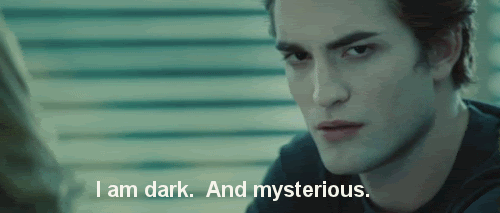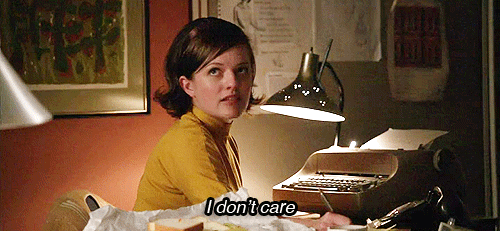Lie, Don’t Stop
Truth is good. Lies are bad. Right?
Oh, sure. But why? Think. Re-think. What’s so marvelous and wonderful and magical about the truth? Why do we prefer The Truth? Why is everyone, from philosophers to physicists to husbands who suspect their wives of infidelity, after truth? Why not rather masks, charades, illusions, deceit, dissimulation? Why not lies?
 As usual, Nietzsche knows. As it typical of him, he makes a grand and sweeping claim: “The falseness of a judgment is… not necessarily an objection to a judgment.” Of course, in making this pronouncement, Nietzsche is aware that he is undermining a venerable philosophical tradition: the pursuit of truth. Let’s explore how Nietzsche regards truth, particularly the relationship of truth to its seeming antithesis, falsehood, and how the two flourish only in reference to the underlying force of the will to power.
As usual, Nietzsche knows. As it typical of him, he makes a grand and sweeping claim: “The falseness of a judgment is… not necessarily an objection to a judgment.” Of course, in making this pronouncement, Nietzsche is aware that he is undermining a venerable philosophical tradition: the pursuit of truth. Let’s explore how Nietzsche regards truth, particularly the relationship of truth to its seeming antithesis, falsehood, and how the two flourish only in reference to the underlying force of the will to power.
The philosophical pursuit of truth is traditionally grounded upon the assumption that the value and desirability of truth are self-evident. It is precisely this value that Nietzsche challenges and calls into question: “Granted we want truth: why not rather untruth? And uncertainty? Even ignorance?” In other words, Nietzsche is wondering what is so special about the truth such that it is preferred over its seeming antithesis, falsehood. This wonderment is particularly relevant in light of two possibilities:
- Our most fundamental conceptions of the world and how it functions might very well be predicated upon false notions which are nevertheless useful. Mathematics and physics, burdened with revealing the nature of reality, invoke synthetic a priori judgments in their observations and conclusions. Nietzsche points out that they may very well be relying upon inabsolute ground, and although such judgments must nevertheless be believed, they “might of course still be false judgments! Or more clearly, crudely and basically: synthetic judgments a priori should not ‘be possible’ at all…”
- Our most fundamental conceptions of the world might be no longer useful and might actually have become bad for us.
Despite humanity’s inability to definitively determine the truthfulness of our judgments, Nietzsche insists that human life would be impossible without them. If humanity were to somehow discover that synthetic a priori judgments were false, that the conclusions of mathematics were meaningless nonsense, it would not therefore mean that such concepts should be discarded. Their value lies not in their correspondence to reality, but in their necessity for human life. Thus, even if such judgments were determined to be false, they would simply have to be reinvented in a different guise, and believed in anew: “for the purpose of preserving beings such as ourselves, such judgments must be believed to be true.”
The second consideration, that certain fundamental conceptions of the world may have negative consequences for the welfare of humanity, develops directly from the first. If mankind’s most cherished avenues of knowledge, such as science and philosophy, can be predicated upon usefulness rather than truthfulness, then there is no reason to privilege truthfulness when it ceases to be useful. “Something might be true although at the same time harmful and dangerous,” Nietzsche warns. Let’s say Albert Camus has a profound connection to his sense of self, he believes in the value of his subjectivity, he thinks his individual life is significant, and it inspires him to write beautiful fiction. Then he encounters a scientist and a modern philosopher at a dinner party, who convey to him the latest developments in their respective fields. The scientist explains to Camus that he is little more than swirling atoms, that his sense of self is entirely illusory, while the philosopher contributes to the conversation by proving that Camus cannot possibly possess free will. Furthermore, let’s also say that both the scientist and the philosopher are correct, that everything they have concluded is absolutely true, and accurately corresponds to factual evidence.
Perhaps inspired by this enlightening information, Camus will go home and shoot himself. Or, perhaps he will suffer and write The Plague. The knowledge he gained is true, certainly. However, Nietzsche urges us to disregard the accuracy of the knowledge for a moment, and ask a different question, instead: is Camus better off now that he knows these things? The intuitive answer is: of course he is! Why? Well, because it is the truth! The truth is valuable because it is the truth. This tautology, however, is meaningless. When the truth is determined to be that human subjects are empty voids, that they effectively do not exist, that their absurd lives have no meaning, it is no longer possible to live according to truth: “Think of a being such as nature is, prodigal beyond measure, indifferent beyond measure, without aims or intentions… think of indifference itself as a power.”
Nietzsche suggests that we set aside the notions of truth and accuracy, and instead investigate the values prompting a particular truth claim. All pursuit of truth, whether scientific or philosophical, is motivated by the moral state of the pursuer, revealed through psychological investigation. The dichotomous and seemingly empirical claims of “The universe has a purpose” and “The universe is the product of chance” conceal entirely different perspectives upon life itself, and betray the moral values of its adherents. Of course, this is a very radical way to approach science and philosophy, which purport to transcend moral or psychological prejudice for the sake of objectivity, and reveal the world as it really is. Whichever claim seems most objective, most refined of bias, Nietzsche reveals as “a confession on the part of its author… the moral (or immoral) intentions in every philosophy have every time constituted the real germ of life out of which the entire plant has grown.” There is a value system at the heart of every truth claim. When the value system privileges truth at the expense of life, when the price paid for factual knowledge is nihilism, Nietzsche contends that it is the result of a degraded, decaying, and sick morality. If the truth is not valuable in itself, what should it be valuable for? For life, Nietzsche assures us. When truth is regarded not as a fact achieved through detachment but a profoundly personal judgment passed upon existence through suffering and passion, such truth is itself subject to evaluation. Within the bounds of this strange, new language, a judgment is true inasmuch as it intensifies experience, increasing joy and power, and false inasmuch as it perverts and decreases the sensation of life: “The question is to what extent it is life-advancing, life-preserving, species-preserving, perhaps even species-breeding…” It is in this sense that Nietzsche can be regarded as an unmasker of judgments. He is not interested in discovering which judgments correspond to an external world – science has a monopoly on that activity, already — but rather to find which psychological values motivate claims to truth. If he can expose the unhealthy, life-denying tendencies concealed behind certain species of thought, it is possible that the fruits of his inquiry will illuminate the monstrosity of nihilism behind humanity’s most modern and reverenced convictions.
A perhaps predictable question arises: does Nietzsche intend to imply that preservation of life requires us to turn from science and philosophy and to embrace religions which assure us of our value and significance? Of course not. Nietzsche’s solution is much more nuanced. He is not rejecting truth. He is questioning its value, and its application. It is perhaps possible to know and recognize, as the scientist knows and recognizes, the void beyond every entity, the indifference of Dionysian unity behind every Apollonian individuation, and nevertheless affirm life with the power of false judgments. It is precisely because of the propensity to nihilism engendered by such truth that humanity must tell itself myths and stories, must invent beautiful deceptions, must in fact live aesthetically. “Everything profound loves the mask,” Nietzsche tells us, perhaps invoking the notion that it is possible to recognize the indifferent wastefulness of nature, and yet not live according to it. Creating powerful illusions, inventing meaning in a meaningless world, is synonymous with making false judgments. One can know truth and serve life through illusion, contributing to artifice with artifice, one is capable of double, even triple allegiances, of multiple masks. “Why could the world which is of any concern to us – not be a fiction?” Nietzsche asks. Here, we might imagine a masquerade, an endless procession of costumes for the purpose of creating a beautiful spectacle, a ball worth living for. Such masquerades are lies thrown into the face of nature, religions and mythologies erected as protective barriers against truth. Behind the mask? Values, for psychology to unravel. Behind the values? The will to power.
Nietzsche removes the will to truth from philosophy’s pedestal and places life there, instead, achieved and maintained through a will to power. Thus, Nietzsche advances the hypothesis that the entirety of the world, including every act and every entity, is the manifestation of the will to power, a kind of willful energy which seeks to release itself. Regarding “all efficient force unequivocally as: will to power,” Nietzsche locates the will to power even in those weak and depraved sciences and philosophies which claim the nothingness of existence. The philosophers who deny the significance of subjectivity, who insist that self is an illusion, who clamor that the universe is essentially a void – such creatures who “out of cruelty against oneself worship… nothingness” are actually revealed to be strong enough to overcome the momentous will to power. However, in a quest for truth which leads them to deny the will and subsequently themselves, these philosophers of nothingness become nihilists because they reject the necessity of false judgments. Modern scientists and philosophers are denying life with the religious fervor of practicing Hindus and Buddhists, who also attempt to transcend desire and self for the sake of communion with blissful nothingness. Perhaps some version of truth is maintained, but life slips away, and truth is meaningless to those who are unable to live. The question of existence is of paramount importance, more important than the scientific commitment to the pursuit of truth.
Perhaps this is what Camus had in mind when he wrote, “There is but one truly serious philosophical problem, and that is suicide. Judging whether life is or is not worth living amounts to answering the fundamental question of philosophy. All the rest – whether or not the world has three dimensions, whether the mind has nine or twelve categories – comes afterwards. These are games; one must first answer.”
For Nietzsche, of course, the answer consists of a resounding “Yes!” However, maintaining this affirmation when tempted with Dionysian insight requires continuous artifice, continuous artistry, continuous deception. The will-denying philosophers fling themselves into the Dionysian abyss, and in renouncing illusion, renounce life.
Again, a predictable question arises: does Nietzsche intend to imply that a complete submission to the will is superior to denying the will? And again, Nietzsche’s thinking is more subtle than any straightforward binary. “Asceticism and puritanism are virtually indispensable means of education and ennobling if a race wants to become master over its origins and the rabble, and work its way up toward future rule” he asserts. Presumably, this formula can also be applied to the individual. By taming the will and instigating a necessary modicum of self-denial, it is possible to spiritualize the instincts and enhance experience. We ought not simply deny the will to power, nor should we surrender to it, as animals do. Rather, we must use the will to power in the name of the will to power, exerting tyranny against the self to become master of the self and thereby become freer and more spiritual. Reason, beauty, the Egyptian pyramids, all the greatest accomplishments of humanity have been possible only inasmuch as denying the will is possible: “all there is or has been on earth of freedom, subtlety, boldness, dance and masterly certainty… has evolved only by virtue of the ‘tyranny of such arbitrary laws.’” Thus suspended between submission and denial, the noble human exists in a state of perpetual tension, both manifesting the will to power, and bending its greater will to his own. The psychological investigation will reveal whether the self is subjected to tyranny and cruelty in the name of something powerful and beautiful, or for the sake of nothingness. Thus, denying the will is both good and bad, and can lead to danger or salvation, depending upon how its possibilities are applied. It is essential to note the double denial functioning here, leading away from and then back toward the same source: the noble human being denies the will to power to some extent for the sake of gaining spirituality, reason, and truth, but then subsequently denies to some extent spirituality and truth for the sake of the will to power. Both denials manifest the reliance upon false judgments. First, the will is denied to obtain spirituality, reason, and morality – for the sake of enhancing life. Then, spirituality, reason, and morality must be denied – for the sake of enhancing life. If the first denial fails to occur, the human being lives like an animal, blindly submitting to his instincts. If the second denial fails to occur, the human being becomes the slave of spirit or reason — a monk or a modern philosopher. Since, in the noble human being, both denials function in the name of empowering life and intensifying experience, their movement is not guided and evaluated by their correspondence to facts for the sake of truth, but by their ability to contribute to life.
Since it is in the name of the will that the human being pursues spirituality and reason, there is no binary established between the will to power and the desire for truth. Rather, reason and truth blossom from the will to ignorance, which are both manifestations of the underlying will to power: “the will to knowledge on the basis of a far more powerful will, the will to non-knowledge, to the uncertain, to the untrue. Not as its antithesis but – as its refinement!” Nietzsche’s radical insistence that the will to truth is a refinement of the will to ignorance seems to suggest that artifice, or aesthetic considerations, underlie worthwhile philosophical and scientific pursuits. Immature philosophers martyr themselves for the truth, interrogating reality to reveal its secrets, demanding absolute answers. However, more mature thinkers cultivate a taste for truth that is more nuanced, more aligned with aesthetic tendencies, and this veil of artificiality adds a profound subtlety to truth which immature thinkers miss entirely: “A man learns to introduce a little art into his feelings and even to venture trying the artificial: as genuine artists of life do.” Artifice and truthfulness are revealed to be not enemies, but unified expressions of a deeper will, like the communion of Apollo and Dionysius. When faced with a truth that must lead to lies or suicide, the immature thinker chooses suicide, martyrdom, suffering, but the mature thinker transforms the vicious truth into a perfected version of its former self. This transfiguration, this inhering of truth and falsehood within the same noble will, does not grieve the mature philosopher, and he falsifies with a clear conscience. He realizes that truth is not a goal, but a tool in his hands in the service of life. This dynamic is well-exemplified in Section 230 of Beyond Good and Evil, where the will to knowledge, to learning, to expansion, “the arrangement of new things within old divisions – growth, that is to say” is suddenly restrained by “an apparently antithetical drive of the spirit, a sudden decision for ignorance, for arbitrary shutting-out… a kind of defensive posture against much that can be known.” Of course, the point Nietzsche is making is that the will to ignorance is not antithetical to the will to knowledge, that they are both manifestations of the deeper will to power, and fuel its expansion in different ways, employing various disguises, masks, and fictions. “It is here that there also belongs the occasional will of the spirit to let itself be deceived, perhaps with a mischievous notion that such and such is not the case… the spirit enjoys the multiplicity and cunning of its masks”. Such an approach to truth functions similarly to the tactic of strategic essentialism, whereby the falsity of essentialist thinking is acknowledged, and then applied anyway because a particular situation is somehow benefited by an essentialist perspective. The question, then, is not whether essentialism is true or false, but whether it is capable of enhancing or improving the situation wherein it is applicable. Truth, as a refinement of untruth, as an epiphenomenon of aesthetic impulse, becomes itself more lightly held, more playfully regarded. After all, if truth is a woman, a noble philosopher must not become her slave, for that is the surest way of losing her.
It is interesting to speculate on an alternative possibility. If tension between truth and falsity, both ultimately unified by a striving for power, characterizes the state of the noble character, is it possible to conceive the transcendence of such tension as having achieved an even higher level of nobleness, or would it signify a symptom of decay? For example, 1945 saw the fruits of the secretive Manhattan Project: the first detonation of the first nuclear weapon. Since such an experiment had never been undertaken before in history, the results were not entirely predictable, and the risks were enormous. Famous physicist Enrico Fermi made bets with other physicists on whether the atmosphere above the test site would ignite and lead to the incineration of the entire planet; a dramatic expectation, certainly, but also not entirely impossible.
Such an overpowering drive toward scientific truth, leading to such carelessness for the welfare of the species, can be an example of modern sickness, the martyrdom of truth-seeking. However, it could also be regarded as the overflowing of such enormous health and power, that even life itself seems petty and insignificant in comparison to one’s desires. After all, preservation does not necessarily entail preservation of organic life: “Physiologists should think again before postulating the drive to self-preservation as the cardinal drive in an organic being. A living thing desires above all to vent its strength… self-preservation is only one of the indirect and most frequent consequences of it.” In other words, Nietzsche is telling us there may very well be other consequences to the venting of strength, which materialize less frequently than the preservation of life but are nevertheless possible. Let us again imagine the scientist, who when faced with the potential destruction of the entire planet, is cheerfully playing games and making bets, who chooses to push the button because he just has to know: “He who has seen deeply into the world knows what wisdom there is in the fact that men are superficial. It is their instinct for preservation which teaches them to be fickle, light and false.” In the case of the Manhattan Project, for the sake of which an entire humanity might be sacrificed, what is being preserved? Not life, certainly. This drive to truth, to knowledge, sometimes overwhelms the drive to life perhaps because there is such enormity of strength in the scientist that he is willing to sacrifice the entire world for his single desire. Perhaps it is a symptom of such uncurable sickness, that life is no longer an argument. Or perhaps it is such strength, that self-preservation becomes inconsequential in comparison. If it is true that such a being has seen the scientific, philosophical, Dionysian truth and cheerfully lives according to it anyway, rather than relying on masks as the other noble beings do, then is it not possible that it is because he has overcame the need for falsification? Is this possible? We can conceive of a human being whose hands are so rough that he can handle mercury and any other toxic substance without gloves. Perhaps Fermi and Oppenheimer were able to face the truth without a shudder, without a false judgment, without the need for masks, because the truth did not drive them to despair, and they overcame even the need for preservation and actively lived against the truth, just as the gods who cheerfully destroy entire populations and have little regard for life, but only because they know themselves to be immortal. Well, perhaps.
…and sometimes I pretend it was me Nietzsche was thinking of when he wrote, I don’t remember where: “But who is willing to bother with such a dangerous Perhaps?”
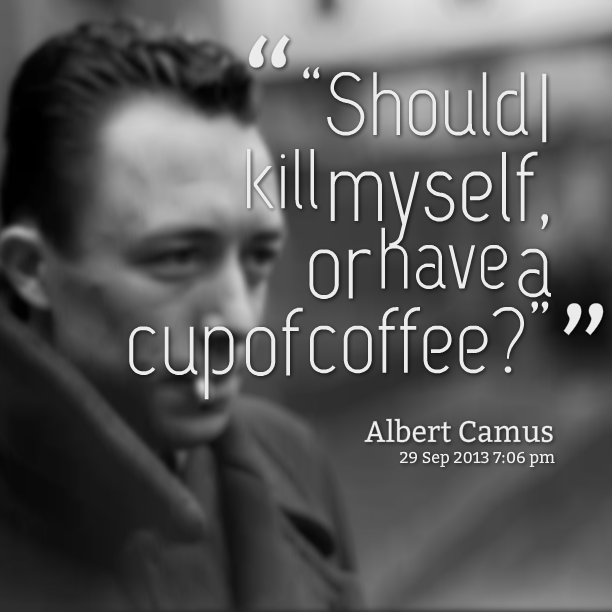
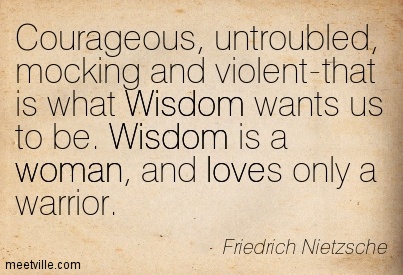
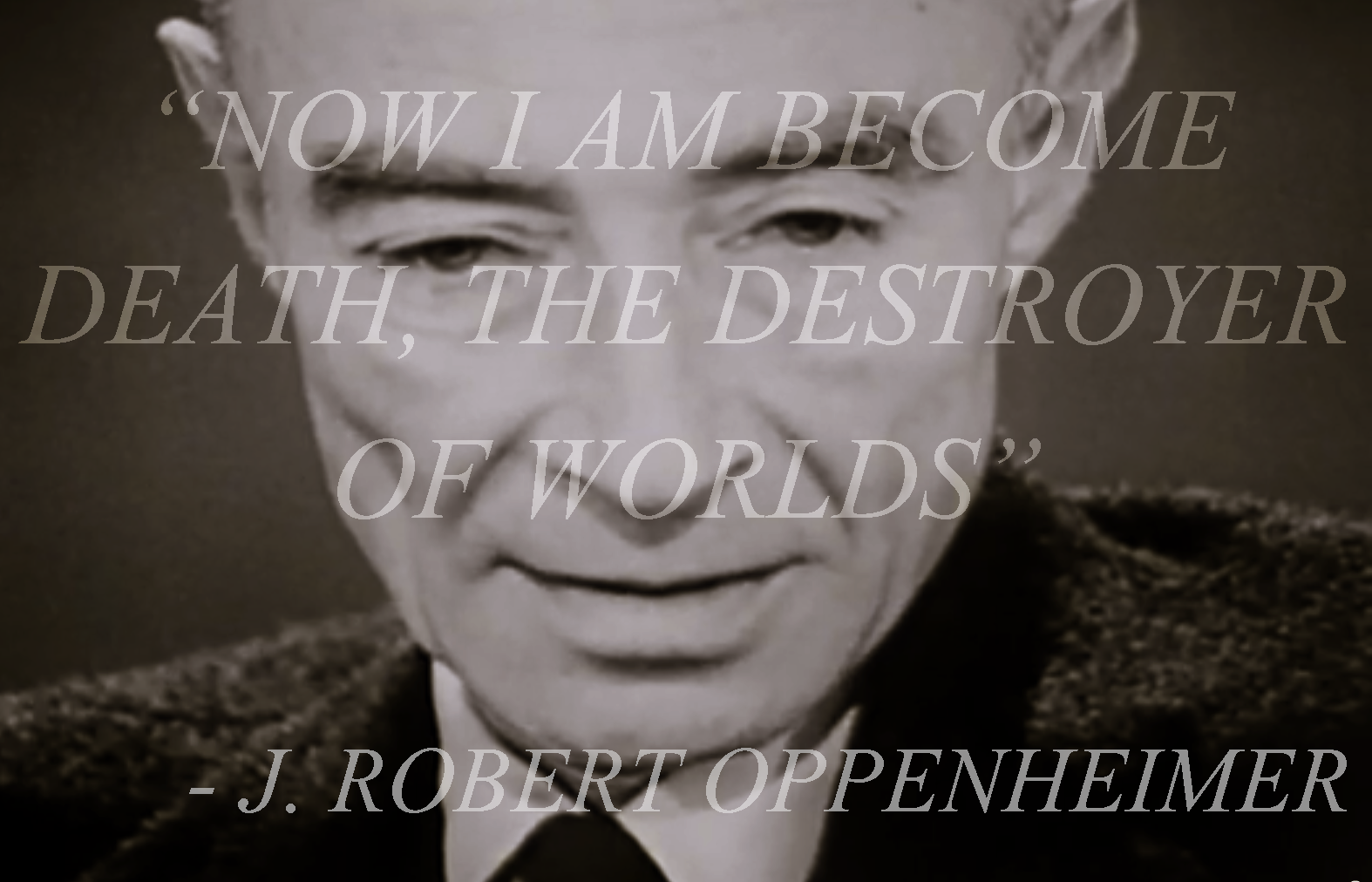
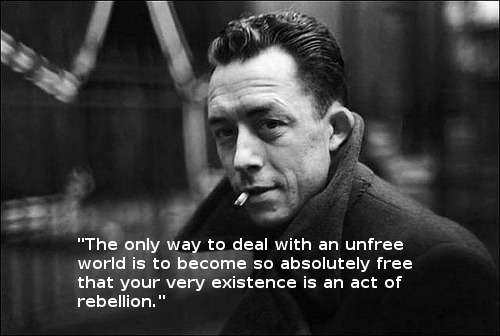
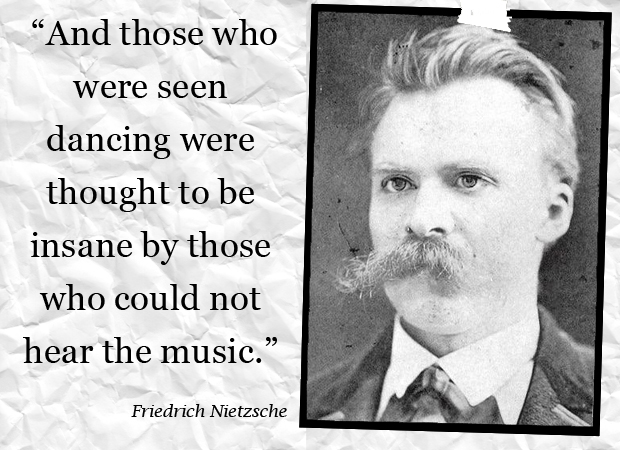
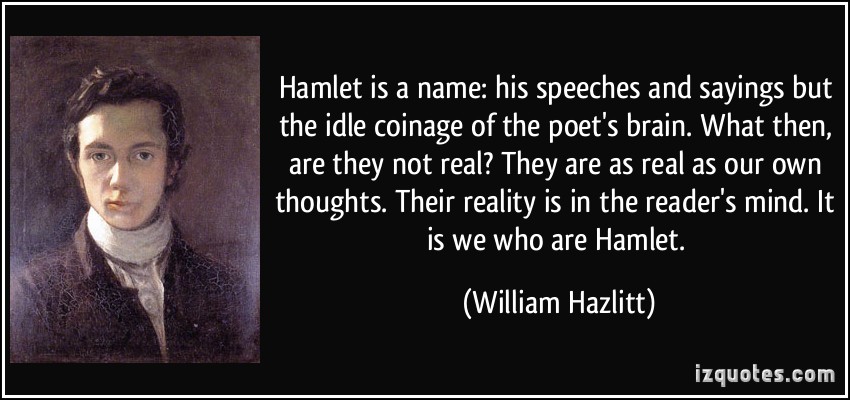


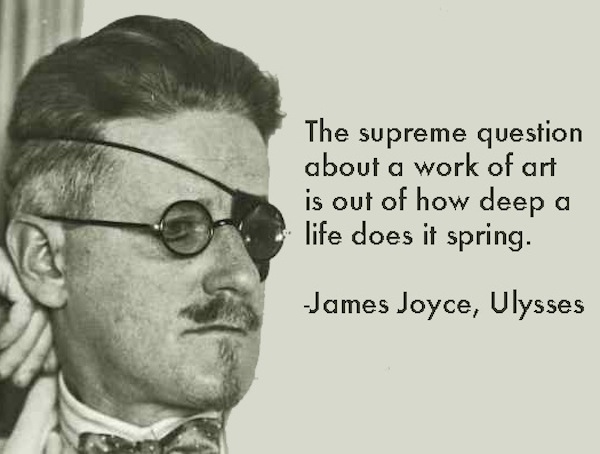

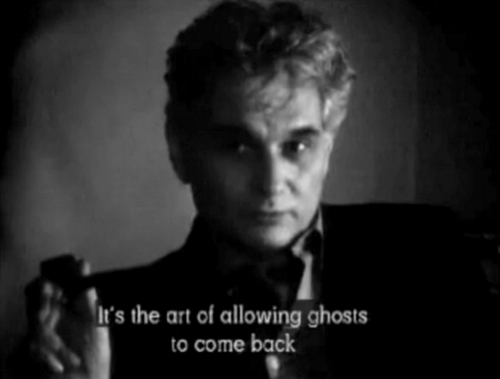


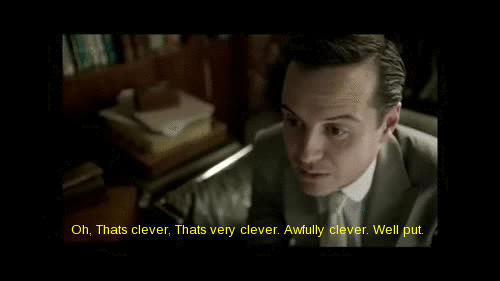 beauty, passion, and the role of the artist in society, and it’s brimming with intertextuality. <—this is a fancy term for “references to other literary works” and although it makes you sound really smart, don’t use it often because it only impresses literature grad students, and who wants to impress them?
beauty, passion, and the role of the artist in society, and it’s brimming with intertextuality. <—this is a fancy term for “references to other literary works” and although it makes you sound really smart, don’t use it often because it only impresses literature grad students, and who wants to impress them?
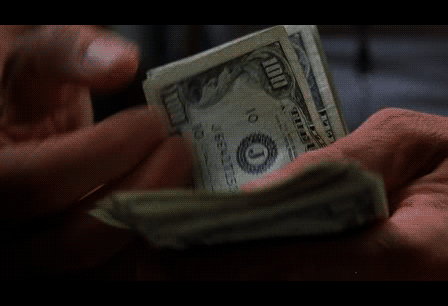
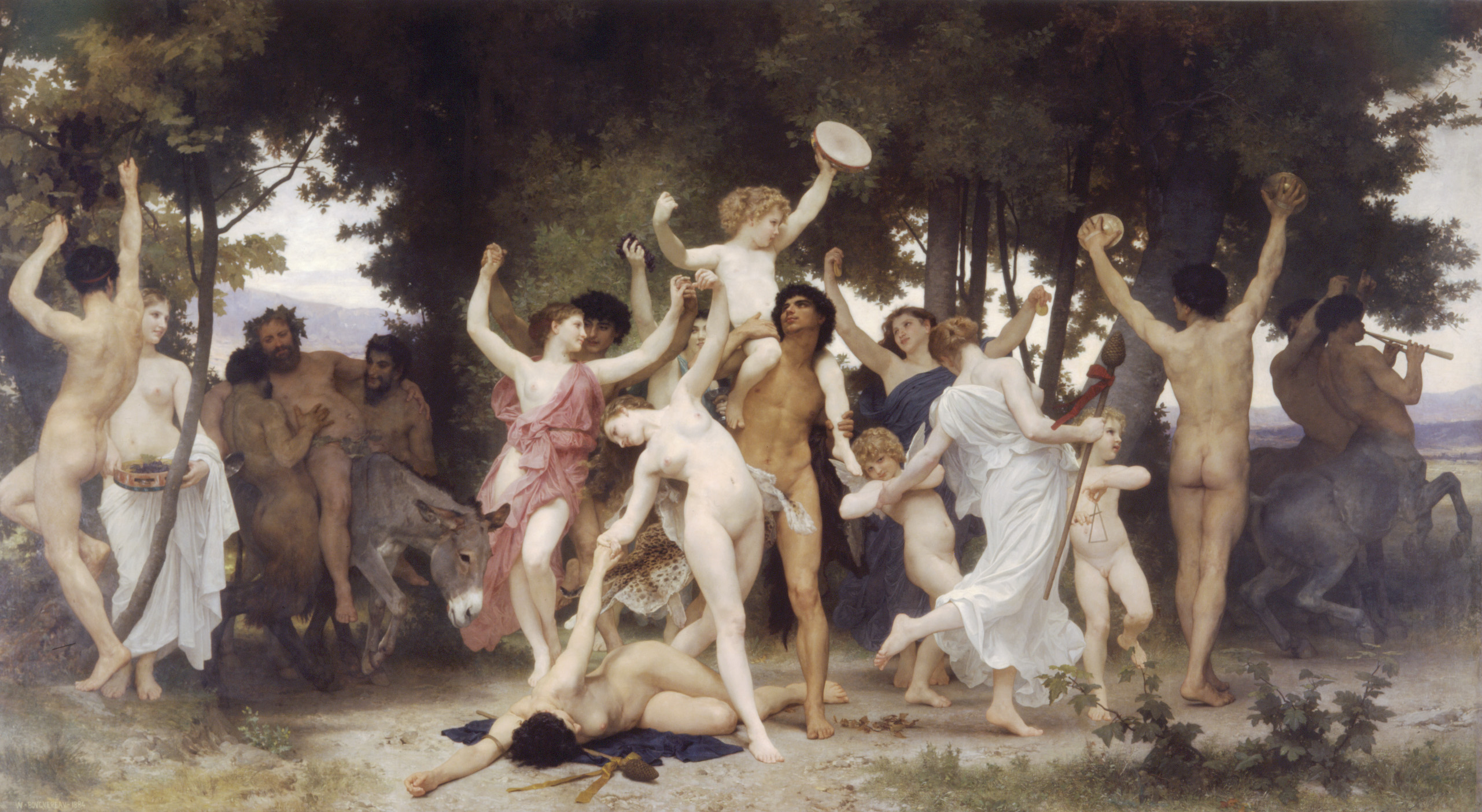



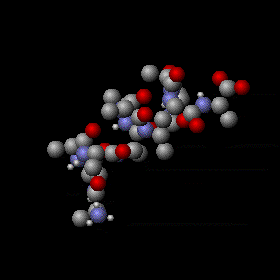
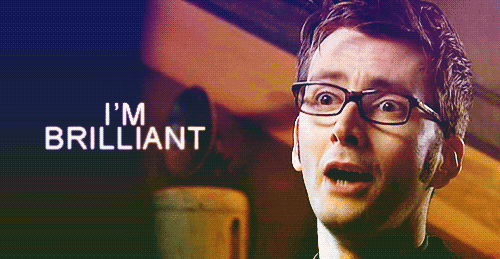
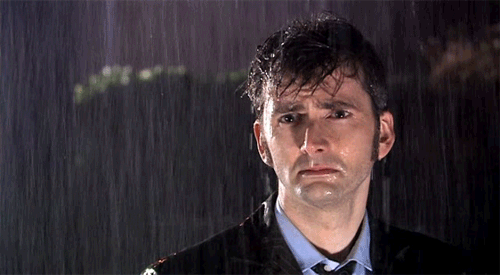



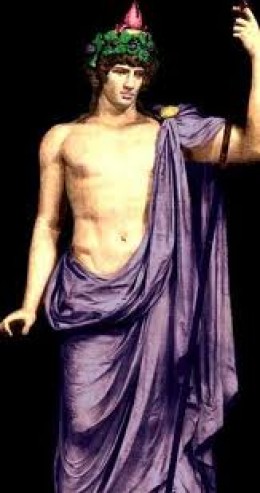











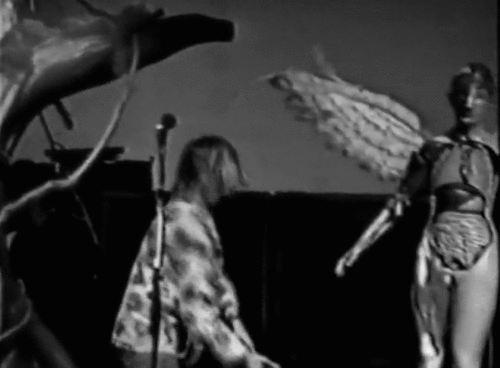
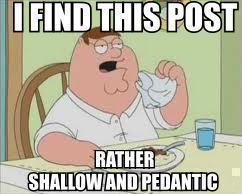

 Lucy begins her growing up in a hotel in Florence, Italy. When we meet her, she’s complaining that the rooms she’s been given overlook the courtyard rather than the river Arno.
Lucy begins her growing up in a hotel in Florence, Italy. When we meet her, she’s complaining that the rooms she’s been given overlook the courtyard rather than the river Arno.
